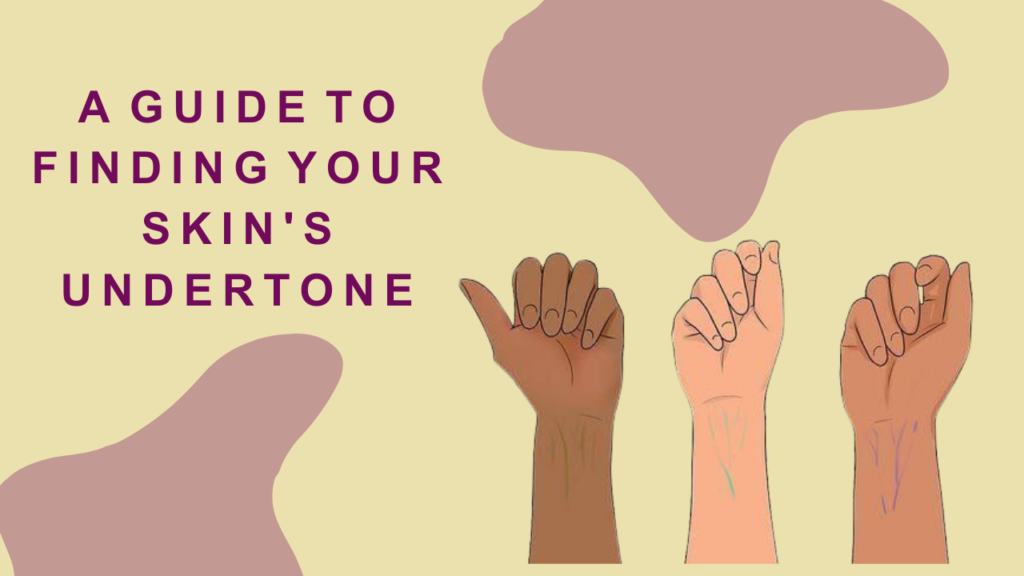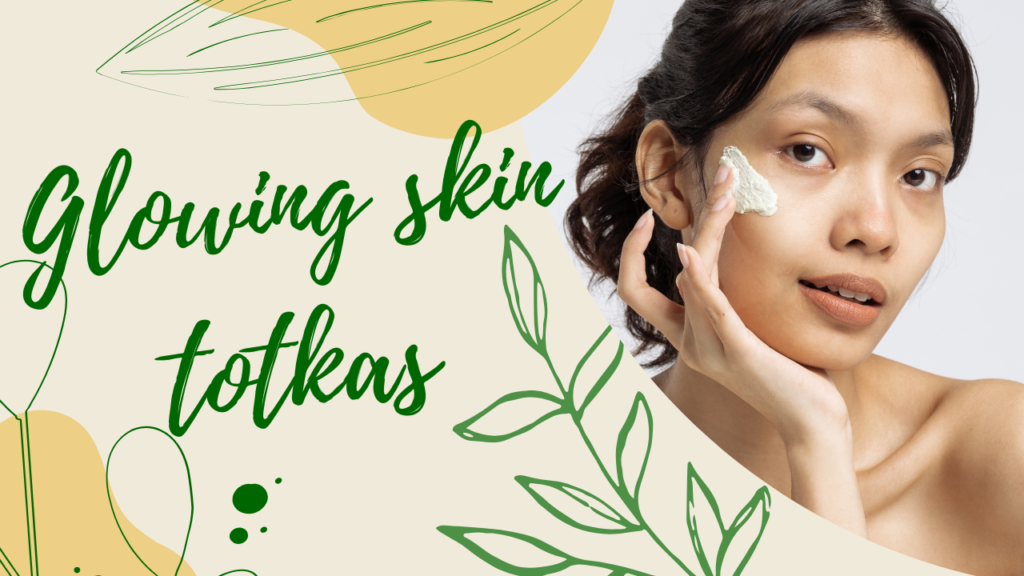Master How to Check Your Skin’s Undertone
How to Check Your Skin’s Undertone: A Complete Guide to Determining Your Skin Tone and Skin’s Undertone Understanding how to check your skin’s undertone is essential for making the right choices in your wardrobe, makeup, and accessories. Your skin’s undertone is the subtle hue beneath the surface of your skin that influences how different colors look on you. Here’s how to check your skin’s undertone and combine it with your skin tone for the best results. 1. Determining Your Skin Tone Your skin tone is determined by the amount of melanin in your skin and how it reacts to sunlight, but your skin’s undertone plays a more significant role in which colors look best on you. Here are the basic categories of skin tone: Fair Skin: Pale, burns easily, and rarely tans. Typically has pink or blue undertones in the skin’s undertone. Medium Skin: Beige or olive tone, tans in the summer, with either warm or neutral skin’s undertones. Dark Skin: Ranges from rich brown to deep ebony, with either cool or warm skin’s undertones. To determine your skin tone and check your skin’s undertone: Look at Your Skin in Natural Light: Natural daylight helps you assess both your skin’s undertone and overall appearance, allowing you to identify your skin’s undertone more accurately. Check the Veins on Your Wrist: Under natural light, observe your veins. If they appear: Blue/Purple: You likely have cool undertones in your skin’s undertone. Green: You likely have warm undertones in your skin’s undertone. Neither Blue nor Green: You may have neutral undertones in your skin’s undertone. 2. How to Check Your Skin’s Undertone Your skin’s undertone remains constant and does not change with the seasons or sun exposure. Here are the best ways to check your skin’s undertone: Method 1: The Vein Test Look at the veins on your wrist under natural light. If your veins appear: Blue/Purple: You likely have cool undertones in your skin’s undertone. Green: You likely have warm undertones in your skin’s undertone. Neither Blue nor Green: You may have neutral undertones in your skin’s undertone. Method 2: The Jewelry Test Hold both silver and gold jewelry up to your skin and check how they interact with your skin’s undertone: Silver Jewelry: Complements cool undertones in your skin. Gold Jewelry: Looks better on warm undertones in your skin. If both jewelry types look flattering, you likely have neutral undertones. This test helps you understand how different jewelry enhances your skin’s undertone, allowing you to choose accessories that suit your skin’s undertone best. Method 3: The White Paper Test Take a piece of pure white paper and hold it next to your face in natural light to check your skin’s undertone: Pink, Rosy, or Blue Skin: You likely have cool undertones in your skin’s undertone. Yellow, Peachy, or Golden Skin: You likely have warm undertones in your skin’s undertone. Combination of Both: You probably have neutral undertones in your skin’s undertone. Method 4: The Sun Test Check how your skin’s undertone reacts in the sun: Burns Easily: Cool undertones in your skin’s undertone. Tans Easily, Doesn’t Burn: Warm undertones in your skin’s undertone. Burns and Tans Equally: Neutral undertones in your skin’s undertone. 3. Combining Skin Tone and Undertone Now that you know how to check your undertone, pair it with your complexion to find the most flattering colors. Here’s how to match your complexion with your undertone: Fair Skin with Cool Undertones: Looks great in pastel pinks, lavender, icy blue, and jewel tones like emerald green or royal blue. Fair Skin with Warm Undertones: Shine in coral, peach, camel, mustard yellow, and warm reds. Medium Skin with Cool Undertones: Fabulous in royal blue, deep purple, and cool greens like emerald. Medium Skin with Warm Undertones: Go for earthy tones like burnt orange, olive green, and deep yellow that complement your undertone, enhancing your overall look. Dark Skin with Cool Undertones: Bold colors like cobalt blue, sapphire, and jewel tones like ruby red complement your complexion beautifully. Dark Skin with Warm Undertones: Earthy hues like terracotta, mustard, and rich browns highlight your natural undertone. 4.Tips for Choosing Clothes Based on Your Undertone Recognizing your undertone makes it easier to choose the most flattering colors for your wardrobe: Cool Undertones: Opt for cool hues like blues, purples, and cool greens, and steer clear of warm colors like oranges or yellows. Warm Undertones: Go for warm shades such as yellows, oranges, reds, browns, and warm greens. Neutral Undertones: You can wear both cool and warm colors, but medium shades like jade green, blush pink, and turquoise will best complement your undertone. Conclusion Understanding your undertone is an easy yet impactful step in choosing the most flattering clothes, makeup, and accessories. By recognizing both your complexion and undertone, you’ll be able to select colors that highlight your natural beauty, increase your confidence, and make you feel radiant in everything you wear.





